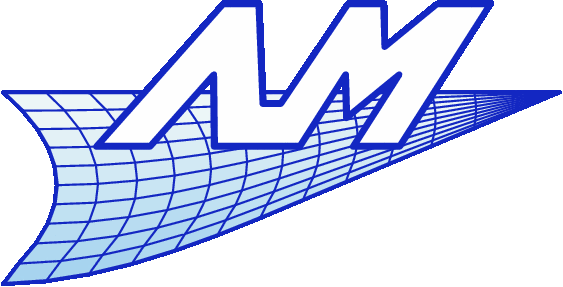Home | Classes | Research | Open Source Code & Data | Publications | UAV & Aircraft design | Staff
| Electric Training Sailplane | Aerospace design project (Disaster Response Search and Identification Attritable Air Vehicle (Dr. SAAV), Hybrid-Electric STOL Air Taxi Design, Modern Regional Jet Family, Trainer aircraft family, E-VTOL, Military Trainer Jet, Business Jet Family, GuardianEye and Flyox I, High Speed UAV) | Master Students UAV|
The course of Aerospace Design Project (APRI0004-1) aims at introducing students to the integrated design process of aircrafts. The subject is multi-disciplinary, each technical field being a sub-system interacting with all the others.
For more details about these projects or to get a copy of some reports, please contact L. Noels.
"HARPON" was awarded the second place in the competition by the AIAA jury (AIAA, News ULiege).
"MWET" was awarded the third place in the competition by the AIAA jury (AIAA, News ULiege).
"Brol" was awarded the second place in the competition by the AIAA jury (AIAA, News ULiege).
"Duckampus" was awarded the second place and the "Mistral" the third place in the competition by the AIAA jury (AIAA).
Several Master thesis of Second year of the Master's Degree in Aerospace Engineering to go from the conceptual design to the detailed design of a UAV.
For more detail about this UAV or to get a copy of some theses, please contact L. Noels.
 |
 |